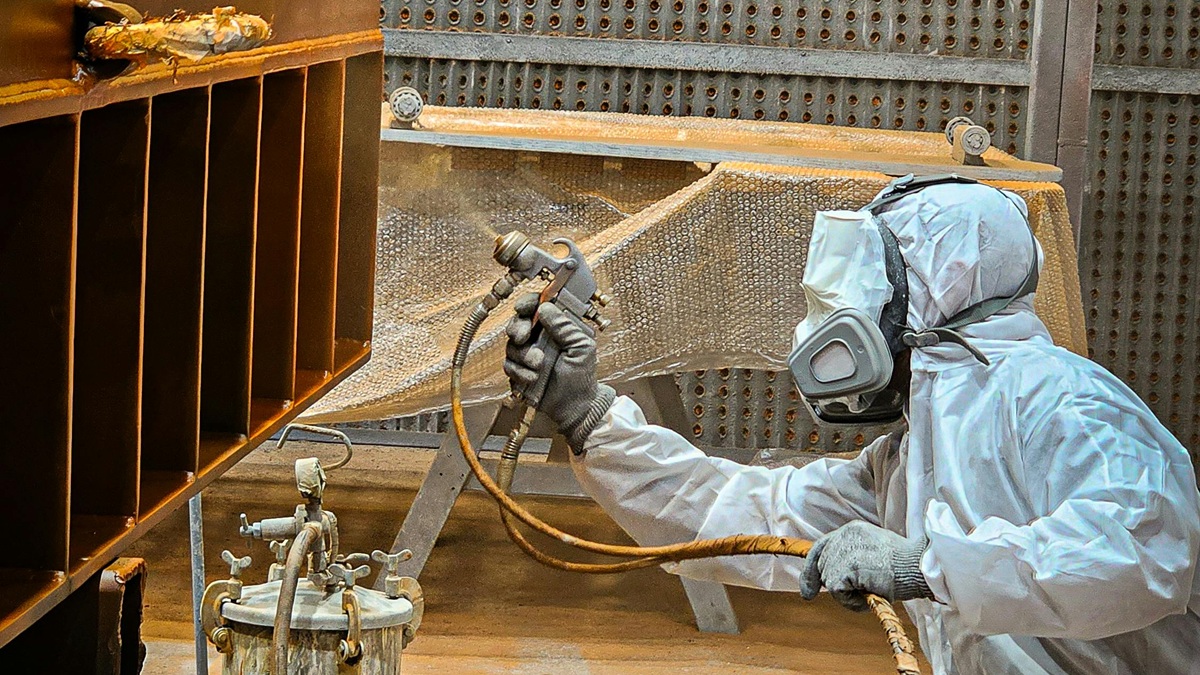As discussed in Tech Trends 2019: Beyond the Digital Frontier, technology forces that are increasingly dependent on advanced connectivity capabilities also are reshaping enterprise architecture.
Proliferating mobile devices and sensors (commonly associated with the Internet of Things), autoscaling with serverless computing, AI, and automation that rely on exploding volumes of shared data require differentiated connectivity capabilities to achieve their transformative digital potential.
Existing connectivity technologies are expanding their reach as networks are built out and adoption grows. At the same time, the next generations of these technologies are appearing, with upgraded standards. Both of these trends are expanding and improving what we refer to as “advanced connectivity.” Besides, a new type of more revolutionary (and more capital-intensive) “frontier connectivity” is emerging, although it is likely to have a more limited geographic footprint in the decade ahead, barring the mass-market deployment of satellite coverage.
Advanced Connectivity Technology:
Existing connectivity technologies continue to proliferate and evolve, from backbone networks to the last mile that meets the end-user. In the network, for instance, providers are upgrading existing 4G infrastructure with low- to mid-frequency “non-standalone” 5G network overlay.1 The results of these upgrades will vary significantly depending on the spectrum used and the density of supporting infrastructure such as cell towers. But in general, these low- to mid-frequency 5G networks can offer significant improvements in speed and latency while supporting a greater density of connected devices. Meanwhile, fiber optic networks continue to expand, and the introduction of the new DOCSIS 3.X standard promises to bring the performance of cable broadband closer to that of fiber—and to do so over existing infrastructure. In the last mile of access, the next generation of Wi-Fi (Wi-Fi 6) will improve speeds while supporting many more connected devices. Technologies that use radio signals for tagging, tracking, and contactless short-range communication between devices (such as Bluetooth, NFC, and RFID sensors) are becoming more sophisticated. Low-power wide-area networks (LPWANs, with competing standards such as LoRa, NB-IoT, and SigFox) provide connectivity over broader areas and longer ranges. All of these technologies continue to improve in terms of affordability, functionality, and adoption.
Frontier Connectivity Technology:
Frontier technologies like high-band 5G and low-earth orbit satellite constellations represent a more radical departure.2 Designed to be the most ultra-fast mobile option, high-band 5G (often in the form of standalone 5G) promises to put the speed, latency, reliability, and security of fiber in the air, expanding what mobile devices can do. It offers a significant step-change in overall network performance from low- to mid-band 5G. Low-earth orbit (LEO) satellites could also deliver a breakthrough—not necessarily in network performance but in the breadth of coverage. By essentially beaming broadband down from space, they could bring coverage to remote parts of the world where the economics do not work for laying fiber or building networks of towers. However, providing coverage requires a constellation of many satellites orbiting at once, making viability uncertain. OneWeb and SpaceX are the only companies to launch test satellites (as of this writing), and no commercial services are yet available.
The advances described above are occurring alongside an expansion of hardware and software capabilities. Cloud computing will provide a processing backbone and storage capacity for use cases that require significant computational power. Edge computing will do the same while removing latency limitations. The new architecture of connectivity will also include private corporate networks. These connectivity and computing advances will enable cheaper and much more efficient “thin” devices connecting with the cloud and localized servers; they could become mainstream at the end of the decade for both consumers and businesses.
The promise of 5G has captured the attention of business leaders, policymakers, and the media. But how much of that promise is likely to be realized anytime soon?
With the first true high-band 5G networks already live, we set out to gain a realistic view of how and where connectivity could be deployed and what it can enable over the next 10 years. But 5G is not appearing in isolation. A new discussion paper, Connected World: An evolution in connectivity beyond the 5G evolution (PDF–10.3MB), takes a more expansive look that ranges from fiber and satellites to Wi-Fi and short-range technologies.
Beyond the implications for industry, connectivity also has ramifications for equity and society. Enabling more people to plug into global flows of information, communication, and services could add another $1.5 trillion to $2 trillion to GDP. Although gaps will remain, this trend could unlock greater human potential and prosperity in many developing nations.













.jpg)
.jpg)